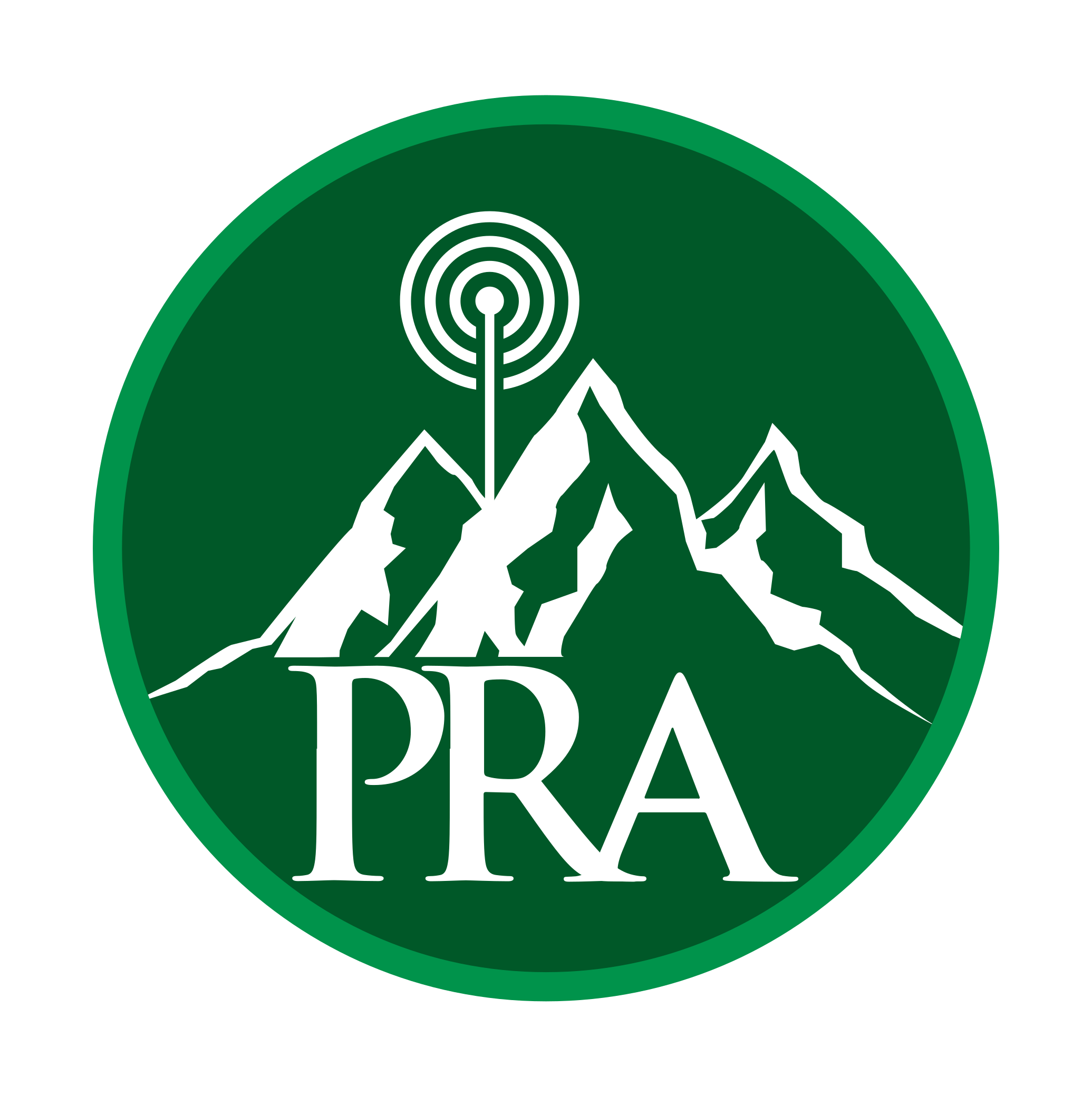Slide deck from meeting...
AB0L (Formerly N0KAI)
-----
Kenwood TM-V71A, Kenwood TS-590S, Icom ID-4100A, Yaseu FT-891, TYT MD-UV380, TYT MD-380, Kenwood TH-D7A, BTECH UV-5X3, µBITX V5, µBITX V4, QRPGuys 40/30/20m DSB Digital Transceiver
Fantastic presentation, Jeff!!
Homerun presentation, Jeff! Nice work!!!!
Nothing y'all didn't already see in my presentation but I recently blogged about my ham travel kit.
AB0L (Formerly N0KAI)
-----
Kenwood TM-V71A, Kenwood TS-590S, Icom ID-4100A, Yaseu FT-891, TYT MD-UV380, TYT MD-380, Kenwood TH-D7A, BTECH UV-5X3, µBITX V5, µBITX V4, QRPGuys 40/30/20m DSB Digital Transceiver
Hi Jeff, et al.:
I was just going over this presentation, and was doing research on some of the items, and it looks like the Nano-Node AE Allstar Portable Hotspot may no longer be around or in business. Their web site is unreachable and even their Facebook page hasn't been updated or commented on in almost 2 years. May want to remove that from your presentation.
I am very intrigued by this, but may need some help with some of the soldering. I can do basic stuff, but some of what you explained seemed pretty in depth. I was also wondering why you didn't use the USB port on the RA-42 and hard wired it onto the board. Was this due to space limitations, or something else?
Another question I had was why you chose the HamVoip image instead of the one on the AllStarLink web site?
I purchased a RPi 4, and it is great, but with the heat issues it seems to have, do you think the 3 would be better, especially in a small enclosure? Does the image include the OS, or can you load the software on a Raspberry Pi after the OS has already been loaded, or is this a dedicated setup, kind of like the Pi-Star setup?
Thanks and it is a wonderful presentation. I was there when you gave us the presentation, but I guess it was way over my head when you gave it. Now that I have had some time to do some research, it seems like a pretty cool setup.
Thanks
Alan
@w0aeb Wow - good catch! Micro-node was going strong when I did the presentation last fall but it looks like Mark retired and closed up shop in February. There are a couple newcomers to Allstar hardware I'm tracking. They're actually quite similar to the Raspberry Pi Hat I'm presently designing. Have a look and see if these might meet your needs:
To your questions:
Yes on hard-wiring USB and space limitations; especially in my portable node. It's awfully hard to cram a USB A-B cable inside a project box, even a short one.
Good question on Allstar distros as there are a few. HamVoIP has become the de-facto standard for Pi-based builds. It's more mature than AllstarLink's Pi distro and has more features. HamVoIP is a better choice for portable use as it uses a different registration protocol that allows HamVoIP notes to communicate instantly. With the "classic" AllstarLink registration servers, it can be 10-15 minutes before a powered up node is usable. HamVoIP is an all-in-one image built around Archlinux. AllstarLink's Debian-based build makes more sense for cloud or server based deployments as it can install on top of an existing Debian system.
I'd avoid the Pi 4 for Allstar, to be honest. It's overkill. A Pi 3 can easily run 6+ nodes and even a Pi 2 can handle 2 nodes without breaking a sweat. The Allstar deployment at the PRA "water tower" site has been running in an enclosed un-conditioned cabinet for a couple years now. It's a Pi 3 in a tiny aluminum box with nothing more than a couple heatsinks on the chips. Even on the hottest days of summer, the Pi has never gone north of 75C, which is perfectly fine for a Pi.
Thanks for the feedback and good luck on your Allstar build! Don't hesitate to give a shout if you have any more questions.
73, AB0L.
AB0L (Formerly N0KAI)
-----
Kenwood TM-V71A, Kenwood TS-590S, Icom ID-4100A, Yaseu FT-891, TYT MD-UV380, TYT MD-380, Kenwood TH-D7A, BTECH UV-5X3, µBITX V5, µBITX V4, QRPGuys 40/30/20m DSB Digital Transceiver
Hi Jeff, that first site is pretty cool, but a little pricey. The second link is much better, just not sure if I can do the surface mount soldering of the radio to the board. May have to get the fully assembled one. I bet it requires a lot of configuration to set it up, but maybe someone has done some of that and documented it. I'll have to join their forum and take a look at it.
Thanks
73, ac0f
@w0aeb I wouldn't sweat soldering the radio. I've been working with those SA818 UHF modules a bit and they're castellated on 4.45mm centers. That's wider than standard 2.54mm header pins. $60 is very fair for the kit, for sure. The CM119B audio chip is directly supported by HamVOiP and AllstarLink so software setup should pretty much be "by the book."
AB0L (Formerly N0KAI)
-----
Kenwood TM-V71A, Kenwood TS-590S, Icom ID-4100A, Yaseu FT-891, TYT MD-UV380, TYT MD-380, Kenwood TH-D7A, BTECH UV-5X3, µBITX V5, µBITX V4, QRPGuys 40/30/20m DSB Digital Transceiver


